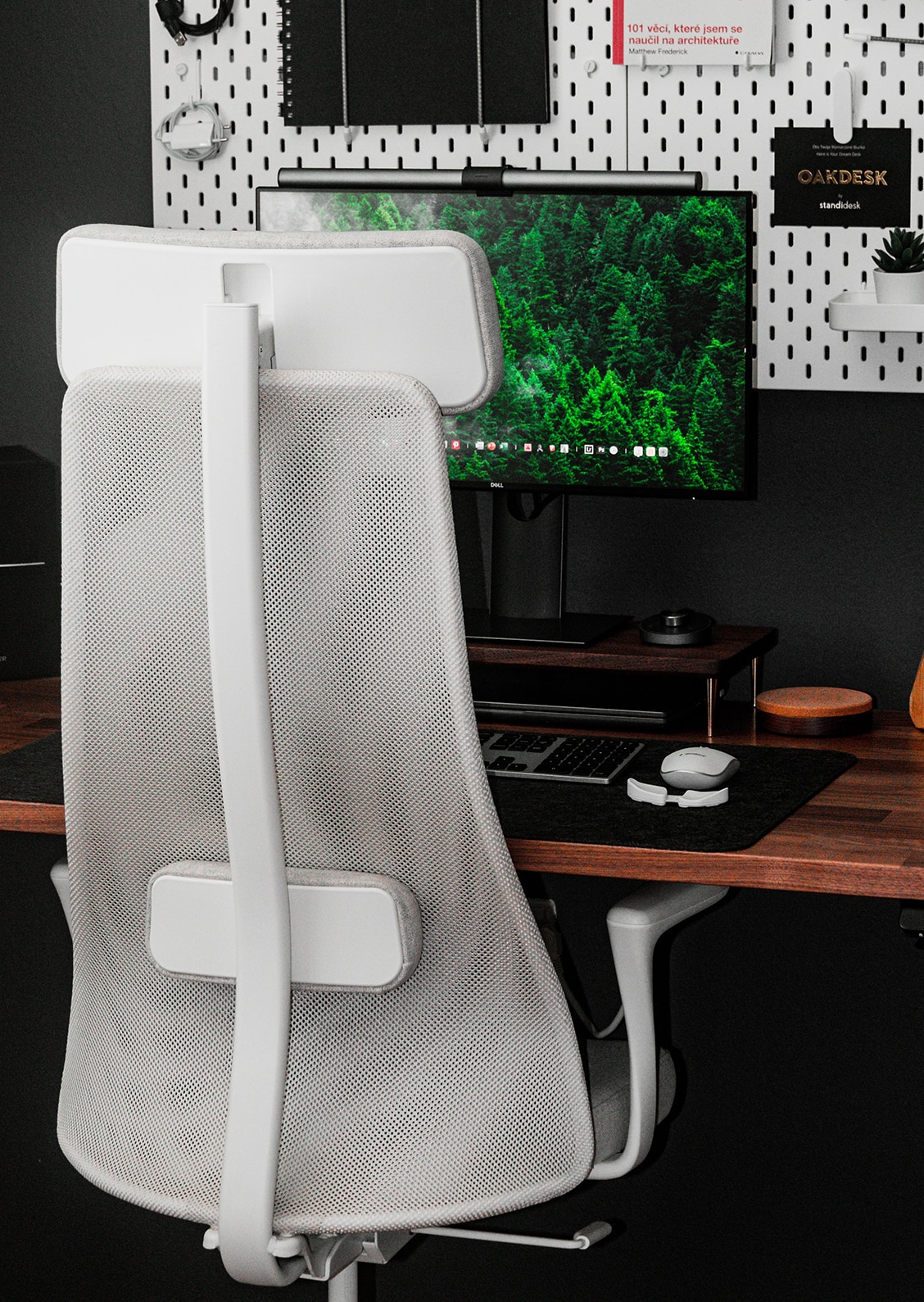People spend a large part of their time seated at their desks. This is why there is a strong need for ergonomic office chairs in today's offices.
Office chairs have come a long way in terms of style, comfort, and practicality over the years. They have come a long way to adapt to the needs of their users, from the rudimentary wooden chairs of yesterday to the highly ergonomic and adjustable variants of today.
In this article, we will explore the background of office chairs and how they have changed over time. At the same time, we will talk about where office chairs are headed in terms of design, as well as the most recent developments in this category. So, let's start!
The Past: The Evolution of Office Chairs
Traditional office chairs were often made of wood and were not built for comfort. These chairs were designed to give workers a secure place to sit while they performed their jobs. They lacked the conveniences of contemporary office chairs and had a basic design, with a flat seat and a straight back. These seats were usually used in government and legal offices, where form followed function rather than the other way around.
For instance, the swivel chair was a major improvement in the history of office chairs when it was introduced in the middle of the 1800s. Since the swivel chair's seat could be turned, it facilitated access to all areas of the desk. The wheels added to the design were a game-changer, allowing users to easily roll their desks around the room without getting up.
Later, in the early 20th century, the first ergonomic office chairs appeared in the market. A German designer, namely Peter Behrens, developed a chair with a metal frame and an adjustable seat and backrest. The ergonomic layout revolutionized the industry by providing unprecedented ease of use and structural integrity. These office chairs were a common sight in workplaces around the world, and as time and technology progressed, new and improved models were introduced with time.
The Present: Ergonomic Chairs

Ergonomic chairs are the norm in today's workplaces. These days, no office can function smoothly without ergonomic chairs. If you spend a lot of time at your desk, you need one of these seats since they offer the most support and comfort possible.
Moreover, ergonomic chairs come in a wide range of designs to accommodate the individual taste and the needs of different workplaces. The traditional high-back executive chair is a reliable option since it offers complete back and neck support. On the other hand, the mesh-back chair is a more up-to-date innovation that prioritises the user's comfort by providing airflow.
The adaptability of ergonomic seats is, nevertheless, their defining feature. Each user's needs can be met because they are adaptable. Users of varying statures will like the chair's height adjustment capability, while those who prefer to relax in a reclined position will appreciate the chair's tilt function. An ergonomic chair also provides lumbar support to help users maintain healthy posture and avoid back strain. Adjustable headrests and armrests are standard on some models for even more personalised support.
The kneeling chair is one of the many ergonomic seats that has become very popular in recent years. The forward-leaning shape of this chair promotes a healthier posture by redistributing body weight. The result is less strain on the lumbar region and an overall improvement in posture. In addition to relieving strain on the lower back, the kneeling chair can also help those with neck and shoulder problems.
The Future: Smart Chairs
The design of office chairs is constantly changing with the progress of technology. Smart office chairs are gradually making their way into the workplace as the next generation of chairs.
Smart chairs are installed with sensors to track the user's posture and a display to show them where they can make adjustments. They are able to monitor the user's posture and alert them if they are slouching.
Additionally, sensors built into some smart chairs alert the user if they've been seated for too long. These chairs can serve as gentle prompts to get up and move around every so often, which has been shown to lessen the occurrence of back pain and musculoskeletal problems.
Another fascinating advancement in an office chair will be the incorporation of VR technology into smart chairs. There are already chairs available with motion sensors that can respond to the user's movement. This technology auto-adjusts with the help of smart technology and adjusts the chair as per the most suitable posture for the user.
Conclusion
Since their origin, office chairs have changed significantly. Office chairs have come a long way from the plain wooden chairs of the 1800s to the sophisticated ergonomic forms of today.
We may anticipate even more fascinating innovations in the field of office chairs as technology progresses. In the future, we can expect to see things like virtual reality integration and smart chairs that can track your posture and give you constructive feedback. One thing is clear, no matter what the future holds: the office chair, such as those from Flexispot, will always be a necessary place in any office.